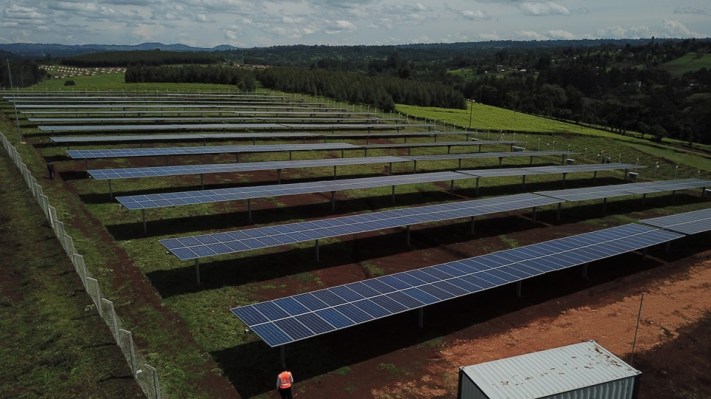Algerian Earthquake Kills at Least 700
"What is worrying is that we still have many people under the rubble," he told French RTL radio in an interview Thursday morning.
Television footage showed helmeted rescue workers digging furiously through the wreckage of apartment houses and homes in a desperate search for survivors. One man said he saw panicked people jumping from a hotel window.
The quake was deadliest in towns in the vicinity of Thenia, near the quake epicenter. Thenia is about 40 miles east of Algiers, the capital of this North African nation.
The quake hit about 7:45 p.m., cutting electricity in some neighborhoods of Algiers and causing panic throughout the city. About 10 aftershocks rippled through the area in the hours that followed.
The U.S. Geological Survey, which monitors quakes around the world, said the temblor had a preliminary magnitude of 6.7.
Algerian officials put it much lower at 5.2. The cause of the discrepancy was not immediately clear.
USGS officials said it was the strongest earthquake to hit the North African nation since a pair of quakes hit the northwestern city of Al Asnam in October 1980, killing some 2,500 people. Several quakes have hit Algeria since, but none with a death toll as high as Wednesday’s.
The hardest hit towns were near the epicenter, east of the capital.
Numerous towns throughout the Boumerdes district were devastated by the quake, and residents of the region were swarming to area hospitals with injuries or to seek news of loved ones.
In Algiers, several buildings collapsed. Smashed concrete mixed with kitchen appliances, clothing and toys in the wreckage.
People thronged the streets, preferring to be outdoors for fear of another temblor.
"I saw the earth tremble. I saw people jump from the window of the hotel," Icham Mouiss of Boumerdes told French television station LCI.
Interior Minister Nouredine Yazid Zerhouni traveled to Thenia and Boumerdes. A call for blood donors was issued and medical personnel and employees of Sonelgaz, the state company that supplies electricity, were asked to pitch in and help.
France said it would dispatch 60 rescue experts to Algeria. President Jacques Chirac sent his condolences Thursday to Algerian President Abdelaziz Bouteflika.
A hospital in the town of Baghlia was seriously damaged by the quake and numerous roofs in towns around the epicenter caved in, the Interior Ministry said.
In Algiers, cracks appeared in a number of buildings. LCI aired footage of a stairwell in one building that had crumbled to the ground. People thronged the streets, afraid to enter their buildings. Some schools were opened to take in people whose homes were unsafe.
The earthquake was the largest in Algeria since the magnitude-7.1 El Asnam quake that struck Oct. 10, 1980, said Lucy Jones, scientist in charge of the U.S. Geological Survey office in Pasadena, Calif.
Jones said Wednesday’s quake likely occurred on a blind-thrust fault along the boundary between the African and Eurasian tectonic plates, huge sections of the earth’s crust. Blind-thrust faults produce earthquakes when one block pushes upward over another, as if moving up a ramp.


